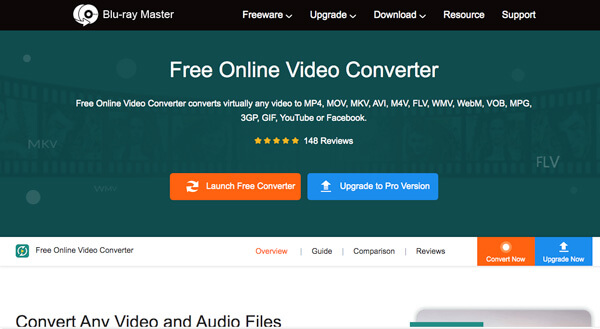

Now wait a minute, you might say, nothing’s free but guarantees, so what’s the catch? The catch is that the optimized video is stored as a separate video file with your other media and, you guessed it, takes up space. Instead, Plex’s optimization will convert your media ahead of time, so when it comes time to watch the media there is no strain on the CPU–the video is already optimized and ready to send out to the client. This is different than Plex’s transcoding, where it converts your video on-the-fly to the ideal format. If you experience choppy playback, regular buffering, and other similar issues, optimization can save the day. On the other hand, there are a variety of scenarios where underpowered hardware or limited internet speed can really decrease the quality of your Plex experience. If you’ve got great hardware and have never noticed anything amiss with your playback, this isn’t the tutorial for you. If you have a good CPU (at minimum an Intel Core i3 processor or equivalent, preferably better) and a fantastic broadband connection with plenty of upload speed, then you probably don’t even need to optimize your media. All the heavy lifting happens on the server side–the streaming, the transcoding of the streaming when necessary, etc.–and it is very CPU intensive.
Plex mkv files slow software#
The Plex experience centers around two apps: the server (which holds your media) and the client (the app with which you watch your media, usually on your TV, your phone, or other set-top box). The central Plex Media Server software manages nearly every aspect of the Plex experience–the clients merely act as a frontend for what the server is serving up. With that in mind, we’d definitely encourage you to read over this introduction section closely to determine if you even need to optimize anything in the first place. The goal of this tutorial, taking advantage of Plex’s excellent optimization features, is a godsend for those who really need it, and a total waste of time for those who don’t.
Plex mkv files slow how to#
RELATED: How to Set Up Plex (and Watch Your Movies on Any Device) Some other things you could try is also enabling the experimental player as well as tweaking the transcoding settings.Why You Would Optimize (and When You Shouldn’t) Hopefully, these settings above work for you as well. Then turn off “Direct Stream” and turn off “Direct Play.”Īnd that’s it! After setting these options above I no longer suffer from jerky or stuttering playback in Plex on my Amazon Fire Stick. Then turn off “Network discovery.” Step 3īack in the Plex options click into “Advanced.” Step 2īack in the Plex Options click into “System.” Make sure the quality over local network is set to “Maximum.” Note: I am running my setup on 5Ghz Wireless N. Step 1Ĭlick into “Options” in your Plex app on the Amazon Fire Stick. I no longer have any stuttering or jerky playback. Settings to fix jerky and stuttering playbackĪfter fiddling around with the settings and reading multiple posts in the Plex forums I seem to have finally fixed it. I know it wasn’t my network as I have a pretty beefy wireless router with Wireless N. It was happening on 650MB avi files as well as HD mkv files. The main reason I chose it over the Roku or Chromecast is simply that I have an Amazon Prime membership and so I wanted the additional content.Īfter a couple weeks of using it I started to notice jerky playback occasionally and stuttering. My Samsung TV’s wireless card finally gave out and so I purchased the Amazon Fire Stick.


 0 kommentar(er)
0 kommentar(er)
